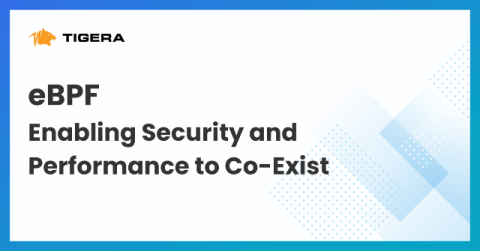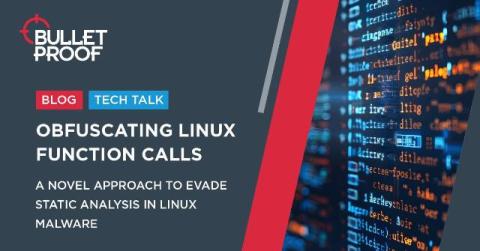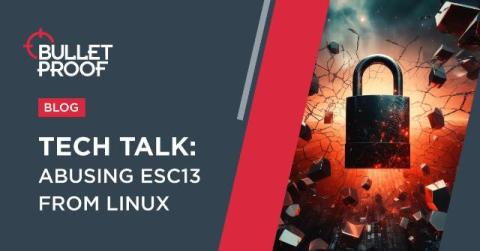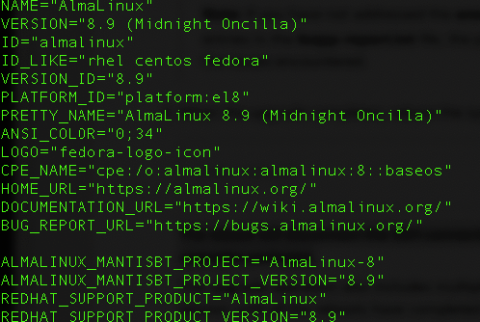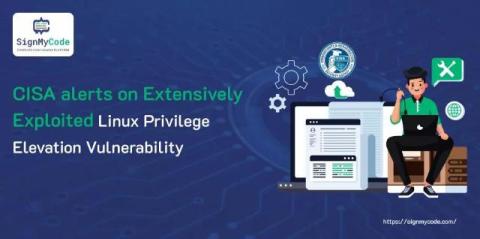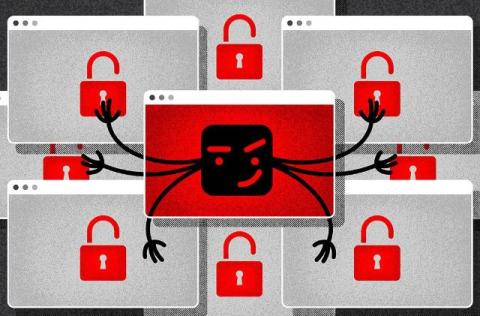eBPF: Enabling Security and Performance to Co-Exist
Today, most organizations and individuals use Linux and the Linux kernel with a “one-size-fits-all” approach. This differs from how Linux was used in the past–for example, 20 years ago, many users would compile their kernel and modify it to fit their specific needs, architectures and use cases. This is no longer the case, as one-size-fits-all has become good enough. But, like anything in life, “good enough” is not the best you can get.


